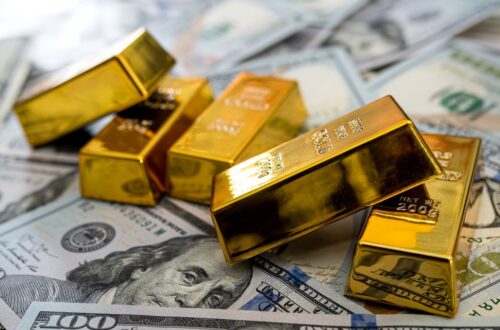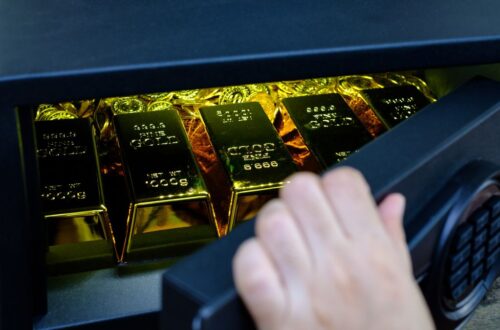Inflation is a persistent concern for anyone planning for retirement. As the cost of living rises, the purchasing power of your savings can diminish, potentially jeopardizing your financial security. One strategy to mitigate this risk is investing in a Gold Individual Retirement Account (IRA). This article explores how a Retirement protection strategies can serve as a hedge against inflation, safeguarding your retirement savings.
Understanding Inflation and Its Impact on Retirement Savings
Inflation refers to the rate at which the general level of prices for goods and services rises, eroding purchasing power. Over time, inflation can significantly impact the value of money, making it crucial for retirees to protect their savings. For instance, if inflation averages 3% annually, $100,000 today would be equivalent to only about $74,000 in purchasing power after ten years.
What is a Gold IRA?
A Gold IRA is a self-directed retirement account that allows investors to hold physical gold, along with other precious metals, as part of their retirement portfolio. Unlike traditional IRAs, which typically invest in stocks, bonds, and mutual funds, a Gold IRA provides the opportunity to diversify with tangible assets.
Benefits of a Gold IRA
- Diversification: Gold offers diversification benefits, reducing the overall risk of your investment portfolio.
- Inflation Hedge: Historically, gold has maintained its value during periods of inflation, acting as a reliable store of wealth.
- Safe Haven: In times of economic uncertainty, gold is often seen as a safe haven asset, providing stability.
How Gold Acts as an Inflation Hedge
Gold has been used as a store of value for centuries. Its intrinsic value and limited supply make it less susceptible to the devaluation that affects fiat currencies. During periods of high inflation, gold prices often rise, preserving purchasing power. For example, during the 1970s, a decade marked by high inflation, gold prices surged from $35 per ounce to over $800 by 1980.
Case Study: Gold’s Performance During Inflationary Periods
Consider the period between 2000 and 2010, when inflation averaged around 2.5% annually. During this time, gold prices increased from approximately $280 per ounce to over $1,400 per ounce. This significant appreciation highlights gold’s potential to outpace inflation and protect wealth.
Setting Up a Gold IRA
Establishing a Gold IRA involves several steps. First, choose a reputable custodian who specializes in self-directed IRAs. The custodian will facilitate the purchase and storage of physical gold. Next, fund your account through a rollover from an existing IRA or 401(k) or by making a direct contribution. Finally, select the types of gold products to include in your IRA, such as coins or bars.
Choosing the Right Gold Products
- Gold Coins: Popular options include American Gold Eagles, Canadian Gold Maple Leafs, and South African Krugerrands.
- Gold Bars: Available in various sizes, gold bars offer a cost-effective way to invest in gold.
Potential Risks and Considerations
While a Gold IRA offers several benefits, it’s important to be aware of potential risks. Gold prices can be volatile, and there are costs associated with storage and insurance. Additionally, unlike stocks or bonds, gold does not generate income, such as dividends or interest.
Mitigating Risks
- Long-Term Perspective: Consider gold as a long-term investment to ride out short-term price fluctuations.
- Balanced Portfolio: Maintain a diversified portfolio that includes a mix of asset classes to manage risk.
Conclusion
Investing in a Gold IRA can be a strategic move to protect your retirement savings from the erosive effects of inflation. By diversifying your portfolio with physical gold, you can potentially preserve your purchasing power and achieve greater financial security in retirement. While there are risks involved, a well-planned Gold IRA can serve as a valuable component of a comprehensive retirement strategy.





